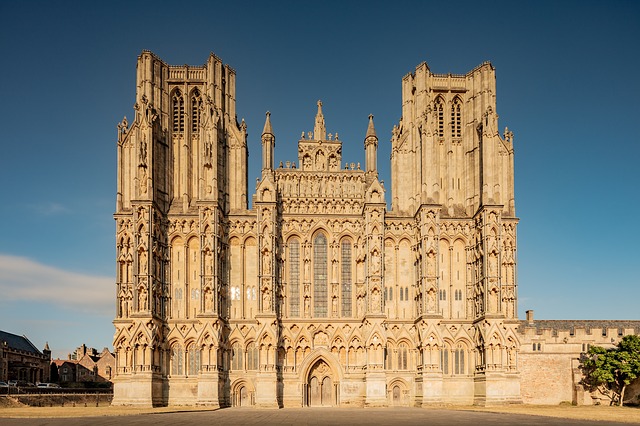Speakers: Brian Farrimond – Peter Gateley – Peter Hatfield
Anglo Saxon Timeline can be accessed on this link.
March 22, 2022 – Talk – Westminster Abbey – Part 1

Westminster Abbey
On the site of a Saxon monastery, a large new building in the Norman style was ordered by King Edward the Confessor some time after 1042 and consecrated in 1065. The building has been renewed and embellished over the years and is now largely a magnificent gothic structure, based on the major rebuild carried out under Henry III, which started in 1245.
In Part 1 we will look mainly at the western parts of this large and important building, along with its nearby associated claustral adjuncts.
April 26, 2022 – Talk – Westminster Abbey – Part 2
Edward the Confessor envisaged the new church as a place for his burial and since that time the majority of English kings and queens have been buried here. Since the days of King Harold and William the Conqueror, in 1066, it has also been the location of the coronation of British monarchs, as well as many royal weddings.
Part 2 will cover the eastern section of the Abbey and the more far-flung buildings around the former royal palace of Westminster, associated with the abbey over many years.
May 24, 2022 – Visit – Lancaster Cathedral and Lancaster Priory.
Formerly known as the Priory Church of St Mary, Lancaster Priory is now the parish church for the city of Lancaster but began as a Benedictine priory established in 1094, though remnants of a Saxon church have also been found on Castle Hill. The original priory church has been much enlarged, starting in 1360, and was completely remodeled in the Perpendicular Gothic style from 1431 onwards. The church underwent a restoration as early as 1558. Today it is a Grade 1 listed building.
The Roman Catholic cathedral church of St Peter was a parish church up to 1924, it is now the seat of the diocese of Lancaster. The present Neo-Gothic building replaced a mission established in 1798 and was built between 1857 and 1859 to a design by the eminent Gothic revival architect EG Paley, a later baptistry was designed by Austin and Paley. The notable tower and spire rise to a height of 73m (240ft). The cathedral is listed as a Grade 2* building.
August 16, 2022 – Visit – Beverley Minster and St Mary’s Church.

Beverley Minster 2. from SW
The coach excursion to Beverley, in Yorkshire’s East Riding has been rearranged for Tuesday 16 August.
Our main aim will be to enjoy the medieval glories of Beverley Minster, a former abbey church that is larger than one third of all English Cathedrals.
The coach will collect us at Four Lane Ends Mission at 9 o’clock and we should arrive in Beverley in time to disperse and find somewhere for a quick lunch. At 2 o’clock we will re-assemble at the West door of the Minster to begin our visit. If time allows, over lunch, the wonderful St Mary’s church is also worth looking into.
We would be leaving Beverley around 3.30 and arriving back around 6.30, depending ontraffic.
The cost of this trip will be £33.00p per person. If you would like to join us for thisvisit, please contact Peter Gateley on 07518 685807.
Situated over in the East Riding of Yorkshire, Beverley Minster is now one of the largest parish churches in the UK, being larger than a third of all English cathedrals. This Gothic masterpiece, with double transepts, is the latest church on this site, originally based on a monastery founded in the 8th century. There are elements of Early English, Decorated and Perpendicular Gothic all of the highest architectural quality and unified into an harmonious composition by the continuous vaulting from one end to the other.
St Mary’s was established in the 12th century as a daughter church of the Minster. Although some sections of 12th and 13th century work remain, the church was more-or-less totally rebuilt in the Decorated Gothic style from the late 13th century up to the 1340s. There was another major phase of rebuilding, this time in the Perpendicular style, after the central tower collapsed in 1520. Like the Minster this church is also classed as a Grade 1 listed building.
Last Updated on November 6, 2022















































